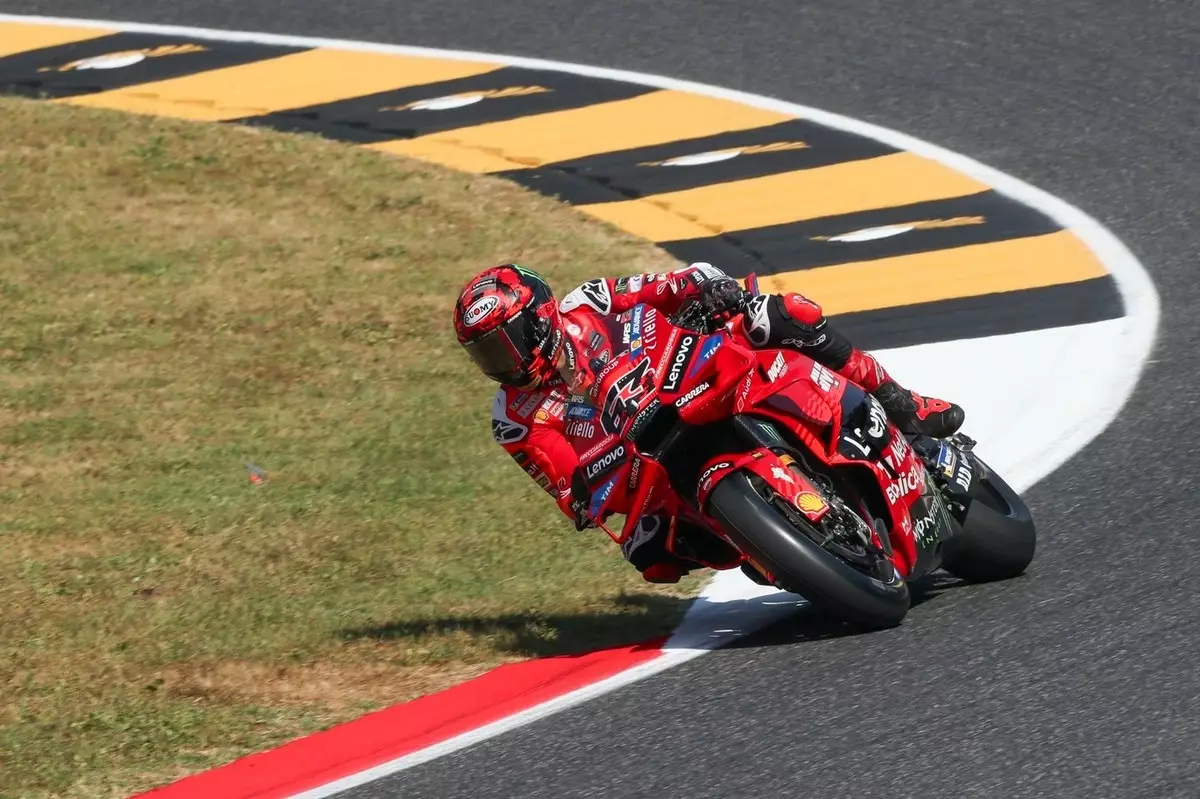Transformative Braking: Elevating Performance in MotoGP
Imagine the speed, the thrill, and the sheer adrenaline rush of a MotoGP race. For those of us who love cooking, it’s like watching a chef perfectly time every element of a dish coming together. But in MotoGP, the focus is on the harmony between man, machine, and track. Among all the components that make up this dance, braking systems play a pivotal role. As teams gear up for tracks as iconic as Mugello, the spotlight is increasingly on how these systems can transform performance.
My fascination with MotoGP began when I realized just how much strategy goes into every race. It’s not just about speed; it’s about precision, timing, and making split-second decisions that could make or break a race. Recently, I’ve been intrigued by the discussions around Francesco Bagnaia’s move to larger brake discs at the Aragon Grand Prix. This decision highlights the intricate balance between innovation and compromise that defines racing today.
On the surface, a larger brake disc might seem like an obvious choice for better stopping power. However, the reality is far more nuanced. It’s like choosing between a sharp chef’s knife and a cleaver; what you gain in one area might lead to drawbacks in another. This complexity makes braking one of the most compelling aspects of modern MotoGP racing.
Key Takeaways
- Larger brake discs offer increased stopping power but come with potential handling challenges.
- Temperature control is crucial for optimal braking performance in high-pressure racing environments.
- Racers must balance mechanical modifications with track-specific strategies for success.
The Double-Edged Sword of Larger Brake Discs
When Bagnaia decided to switch from a 340mm to a 355mm disc, it wasn’t just about boosting performance; it was about navigating complexities. Andrea Pellegrini from Brembo explains that while a larger diameter can enhance braking performance, it also brings added weight and potential issues. This isn’t just about the brakes themselves; it impacts the entire bike’s dynamics. Especially on challenging tracks like Mugello, riders have to weigh increased disc size benefits against potential downsides.
The increased diameter may provide better initial bite and stopping power during heated race conditions. However, accommodating this change often requires additional components like covers to maintain optimal temperatures. Teams must be strategic with these choices, striking a delicate balance within their bikes’ mechanical engineering to achieve peak performance without sacrificing agility.

The Temperature Challenge in Racing
Pellegrini’s insights emphasize that temperature control is critical for optimal braking. In MotoGP’s high-stakes arena, every fraction of a second counts. The ability to manage thermal dynamics can determine victory or defeat. Smaller brake discs may struggle to retain heat effectively compared to larger ones, resulting in diminished stopping power if temperatures drop too low. Conversely, if an upgraded disc’s weight disrupts the bike’s balance, it could negatively impact handling and rider performance.
This delicate interplay of temperature, weight, and handling is where experience meets strategy. Teams must carefully assess their approach—are the benefits of a 355mm brake worth its implications on weight and thermal management?

Dynamic Racing Decisions in the Fast Lane
As competitors strive for any competitive edge they can find, comprehending each circuit’s specific demands is vital. The interplay between braking capabilities, rider preferences, and mechanical constraints creates a layered strategy far beyond what many outsiders realize. At circuits like Mugello—where energy requirements differ significantly from tracks like Aragon—configurations must adapt accordingly.
Ultimately, how teams and riders tailor their approaches based on individual track characteristics will determine their success. Bagnaia and his team face not only decisions regarding disc size but also questions about how each component contributes overall to performance. As the Italian Grand Prix nears, brakes’ importance will undoubtedly shape this high-octane spectacle—tempered by teams’ knowledge and strategy.
Final Thoughts
MotoGP racing is akin to crafting a complex dish with layers of flavor—each decision made by teams and riders has profound implications on overall performance outcomes during races like those held at Mugello or Aragon circuits worldwide today! Understanding intricate details surrounding transformative braking systems reveals how strategic choices influence success levels throughout competitions globally now more than ever before due largely thanks technological advancements within sport itself over past few years alone!

MotoGP
braking systems
performance
racing strategy


Leave a Reply